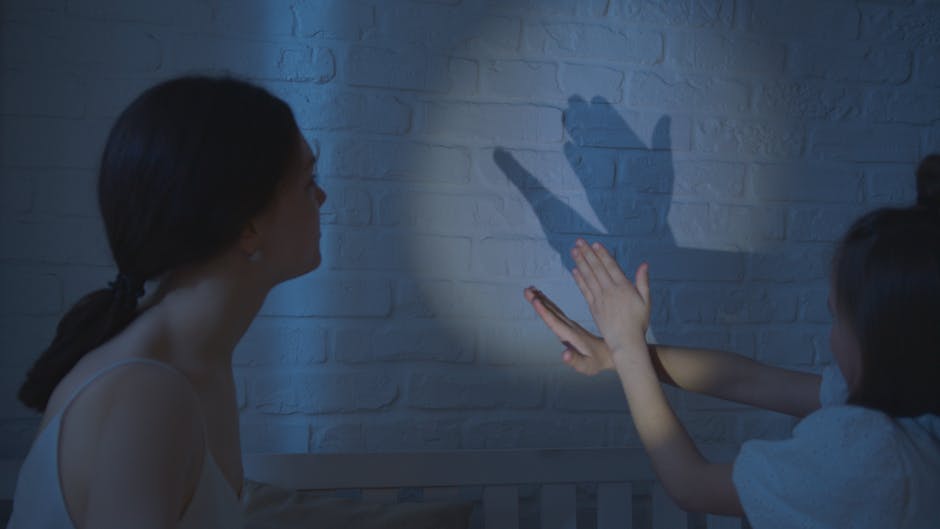Why Shadow Puppetry Courses Blend Art and Tradition
The Timeless Allure of Shadow Puppetry
Shadow puppetry, an ancient form of storytelling that dates back thousands of years, continues to captivate audiences with its delicate interplay of light, shadow, and movement. More than just a performance art, it is a cultural treasure that bridges generations, preserving folklore, myths, and traditions in a visually enchanting medium. Today, shadow puppetry courses offer students a unique opportunity to explore this art form, blending creativity with cultural heritage in a way that few other disciplines can.
The Artistic Mastery Behind the Screen
At its core, shadow puppetry is a meticulous craft that demands both technical skill and artistic vision. Courses in this field teach students how to design and carve intricate puppets from materials like leather or paper, paying homage to traditional methods while encouraging modern adaptations. The manipulation of these puppets—bringing them to life with precise movements—requires patience and dexterity, turning performers into storytellers who convey emotion and narrative through silhouettes alone.
Beyond craftsmanship, shadow puppetry is an exercise in visual composition. Students learn how lighting, screen placement, and puppet positioning affect the storytelling experience, deepening their understanding of how art shapes perception. The interplay between shadow and light becomes a metaphor for the balance between tradition and innovation, a theme that resonates throughout the course.
A Living Connection to Cultural Heritage
Shadow puppetry is more than an art form—it is a vessel for cultural memory. Different regions have their own styles, from the delicate Indonesian wayang kulit to the bold Chinese piyingxi. By studying these traditions, students gain insight into the histories, values, and beliefs of diverse societies. Courses often incorporate folklore, music, and oral storytelling, reinforcing the idea that shadow puppetry is a multidisciplinary art that thrives on cultural context.
In an era where digital media dominates, shadow puppetry courses serve as a reminder of the power of analog storytelling. They encourage students to engage with traditions that might otherwise fade, ensuring that these ancient techniques remain vibrant and relevant. Whether through reimagining classic tales or creating original narratives, participants become custodians of a living tradition.
The Modern Revival of an Ancient Art
While deeply rooted in history, shadow puppetry is far from static. Contemporary artists and educators are finding new ways to reinterpret the medium, blending it with modern theater, animation, and even digital projections. Courses often explore these innovations, allowing students to experiment with hybrid forms that honor tradition while pushing creative boundaries.
Moreover, shadow puppetry fosters collaboration. Whether in workshops or performances, students work together to craft stories, design puppets, and perfect their techniques. This communal aspect mirrors the art’s historical role in bringing people together, whether in village squares or royal courts.
Conclusion: A Harmonious Fusion
Shadow puppetry courses are more than just classes—they are a celebration of artistry and tradition in perfect harmony. By learning this ancient craft, students not only develop their creative skills but also forge a deeper connection to cultural legacies that span centuries. In the dance of shadows and light, they discover a timeless art form that continues to inspire, educate, and enchant.
For those seeking a discipline that marries creativity with heritage, shadow puppetry offers a path as luminous as the stories it tells.

